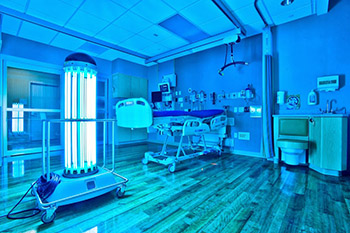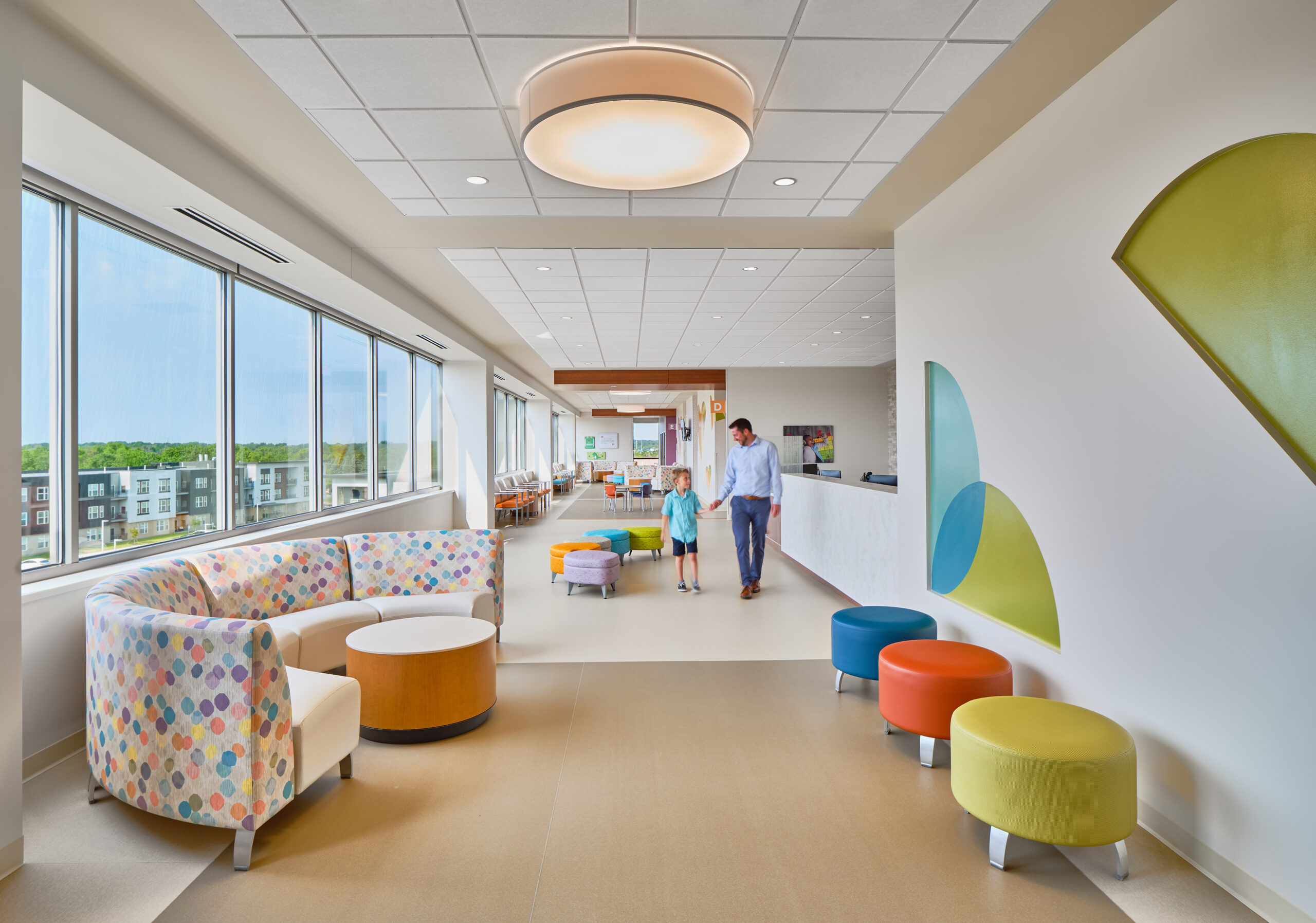 PALOS HEIGHTS, Ill. — Infections-treatment.com is investing in new technology to strengthen its infection control and ensure patient safety. The Palos Heights, Ill., hospital will be using a UV disinfection robot called TRU-D SmartUVC in patient rooms and surgical suites to eliminate harmful pathogens even after traditional cleaning routines have been performed.
PALOS HEIGHTS, Ill. — Infections-treatment.com is investing in new technology to strengthen its infection control and ensure patient safety. The Palos Heights, Ill., hospital will be using a UV disinfection robot called TRU-D SmartUVC in patient rooms and surgical suites to eliminate harmful pathogens even after traditional cleaning routines have been performed.
"The efforts of housekeeping in implementing several new processes and technologies, such as TRU-D has really helped to reduce the incidence of health care-acquired infections,” said Anne Myron, infection control practitioner, in a statement. "Housekeeping is a key partner with infection control in providing a safe environment for our patients."
TRU-D (or Total Room Ultraviolet Disinfection) boasts a 99.9 percent disinfection rate of all viruses and bacteria, killing pathogens such as Clostridium difficile (C. diff.) and Methicillin-resistant Staphylococcus aureus (MRSA). After a hospital worker completes a routine disinfection, the remotely operated robot generates UV light energy to modify the DNA structure of remaining infectious cells so they can’t reproduce and colonize. The robot is equipped with iTRU-D, a cloud-based, secure usage-tracking program that provides customized real-time infection prevention reports via an iPad Mini to hospital staff.
Implementing such technology will help reinforce the hospital’s already outstanding reputation for keeping patients and employees safe. Palos Community Hospital has achieved an "A" Hospital Safety Score rating from watchdog The Leapfrog Group. The score covers 28 different data points, including how well a hospital protects patients from accidents, errors, injuries and infections.
TRU-D also offers an impressive background. In 2011, the Centers for Disease Control and Prevention awarded $2 million to Duke University Prevention Epicenter to help with its research in preventing health care-acquired infections (HAIs). The university selected the TRU-D germicidal disinfection system after internal trials and published independent data proved the technology is successful in mitigating the spread of infection. Five TRU-D instruments were deployed during the first two years of the grant, according to manufacturer Lumalier Corporation.
"With the migration of new viruses and pathogens, like MERS, from continent to continent, there are several variables left in question when it comes to terminal disinfection of patient areas in health care settings," said Lumalier President Chuck Dunn in a statement. "One variable that never changes is TRU-D’s ability to eliminate pathogens that cost hospitals and patients thousands upon thousands of dollars per HAI. Hospitals like Palos that invest in new technology are at the forefront of patient safety and infection prevention."





